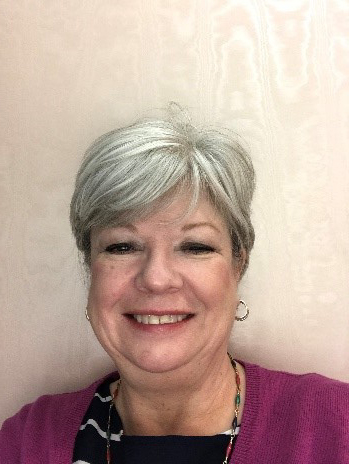Thirty years ago, members of NAWBO educated elected officials and agency staffers of the undeniable impact women-owned businesses played in the national economy. NAWBO’s outreach led to US Representative John LaFalce authoring H.R. 5050, known as The Women’s Business Ownership Act, and President Ronald Reagan signing it into law on October 25, 1988.
This year marks the 30th anniversary of H.R. 5050, which plays a crucial role in propelling women-owned businesses. One of the remarkable changes that it made was the erasure of the need for a male relative or husband to co-sign a business loan. Prior to that, in many states, women failed to develop their own businesses independent of male’s support. This situation impeded women from pursuing their own goals until the legislation of H.R. 5050.
 Our member Lee Ann Packard, who is a second-generation owner of Marfield Corporate Stationary, said her mother who ran the company for years “as 51% owner and operator” could not get a bank loan during the 1980s until her father co-signed the loan. Recalling this story, she acknowledged the significance of H.R. 5050 in empowering women business owners.
Our member Lee Ann Packard, who is a second-generation owner of Marfield Corporate Stationary, said her mother who ran the company for years “as 51% owner and operator” could not get a bank loan during the 1980s until her father co-signed the loan. Recalling this story, she acknowledged the significance of H.R. 5050 in empowering women business owners.
“Legally acknowledging the prejudice toward lending to women without a male co-signer was a giant step toward women’s struggle for independence in society and another step toward acknowledgement that women are strong thinkers and can build businesses by themselves,” Packard said.
H.R. 5050 also brought about other changes that benefited women entrepreneurs. First, it established the Women’s Business Center program to support women in an effective way. Today, there are more than 100 centers that have helped more than two million women start and expand their businesses. It also established the National Women’s Business Council, which conducts research and advances policy solutions to improve the business environment for women. In addition, the law required the Census Bureau to include women-owned c-corporation, which expanded research beyond the self-employed and into bigger women-owned businesses.
Today, women own an estimated 11.6 million businesses employing nearly 9 million people and generating nearly $1.7 trillion in revenues. While H.R. 5050, in a broad picture, was a transformation of the course of women entrepreneurship, NAWBO is proud to serve as the first advocacy organization for all women business owners. And we believe there is still a long way to go.
“NAWBO can be present and active to raise our voices in attaining equality in leadership positions on corporate and governmental boards and in positions of authority,” said Packard. “As women’s economic impact continues to grow we have the opportunity to know no boundaries.”
To continue to advocate and support women entrepreneurship, we need to stay engaged. We are just as responsible as those who represent us. We must offer our policymakers sound ideas to move the needle forward and help them create policies that nurture a prosperous environment for all women-owned businesses. These policies should expand access to capital, provide for research that assesses and meets the needs of women business owners, include targeted support women of color and women in tech, give them the tools to create more of an emphasis on business expansion, and provide an avenue for more women involvement in procurement.
Support Lee Ann’s business by visiting www.marfield.com.
